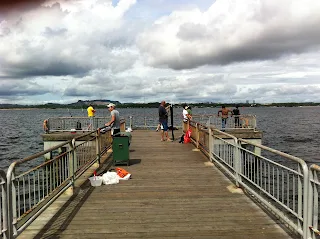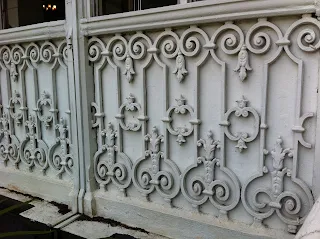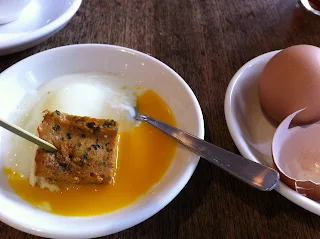
The park may not fit the pervasive stereotyped perception of Singapore being an island of high rises, shopping centres and disciplined restrictions. Here, at the Kent Ridge Park in almost the centre of this city state, one can walk, mountain-bike, roam or run free under the shade of secondary equatorial forest trees, enjoy vistas of greenery and breathe in the air as Singapore founder Sir Stamford Raffles once did. Located near the higher education hub and the nearby campus of the National University of Singapore, the forty-seven hectare park provides twenty fitness stations for a refreshing and healthy time especially during early mornings and evenings. Acacias, tembusus, angsanas and dillenias predominate in the tree population.


Flora meant for lining public sites, roads and reserves are grown here (picture above) in one of the Government nurseries seen from a look out point at Kent Ridge Park.
Amidst all the greenery, we came across a low density apartment bloc known simply as the Peak. (above). I noticed the residents were mostly expats, and a couple of Eurasian children came out for a bicycle ride. Reminiscent of Hong Kong's Peak, the property commands a view of Singapore and the nearby isles. One can actually take the trail for over two hours from here, via the Alexander Arch, to reach the Henderson Waves Walk near Faber Park.


The calm of this park, replete with wild orchids and monkey cup plants, do not fully reveal that it was one of the sites for a significant British battalion during the Japanese occupation of Singapore, in the mid 20th century. A plaque in a car park commemorates the end of World War 2. Nearby South Buona Vista Road is the location of the battle for Pasir Panjang in 1942. Today Kent Ridge Park is a vital portion of the Singapore Park Connector Network project.
The battle for Bukit Chandu (Opium Hill in Malay) is marked by an interpretative centre in a well kept bungalow (pictures above and below). Here one of the fiercest battles was conducted by the colonial British Army and local forces before Singapore capitulated to the Imperial Japanese forces in 1942. Lt Adnan bin Saidi of the Malay Regiment is remembered as heroically leading his men in this battle.

































